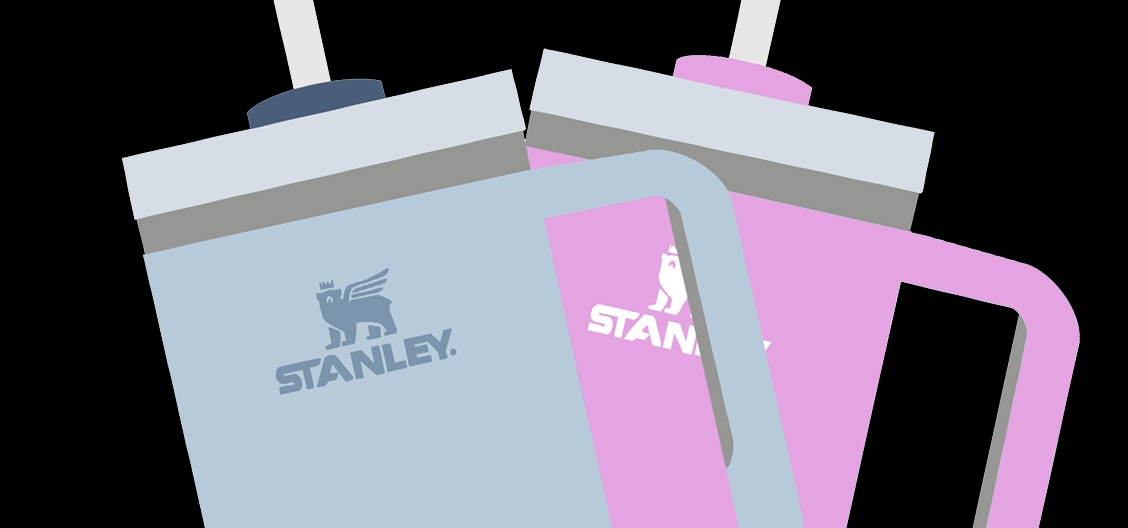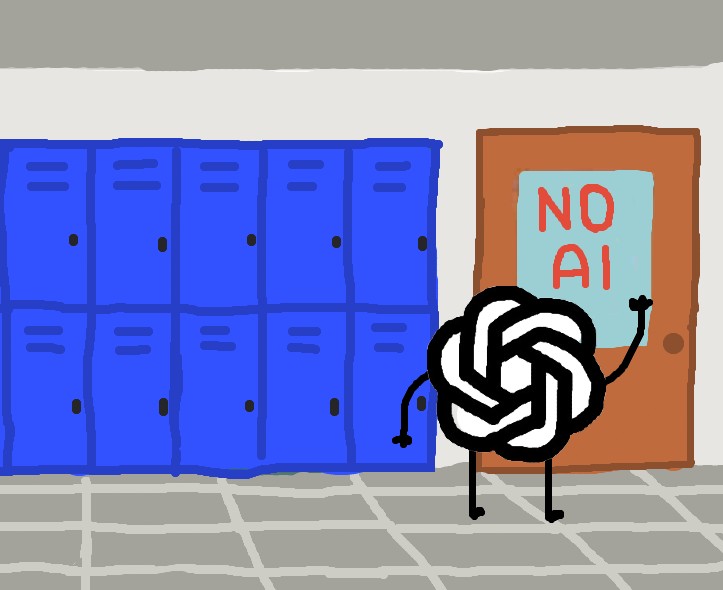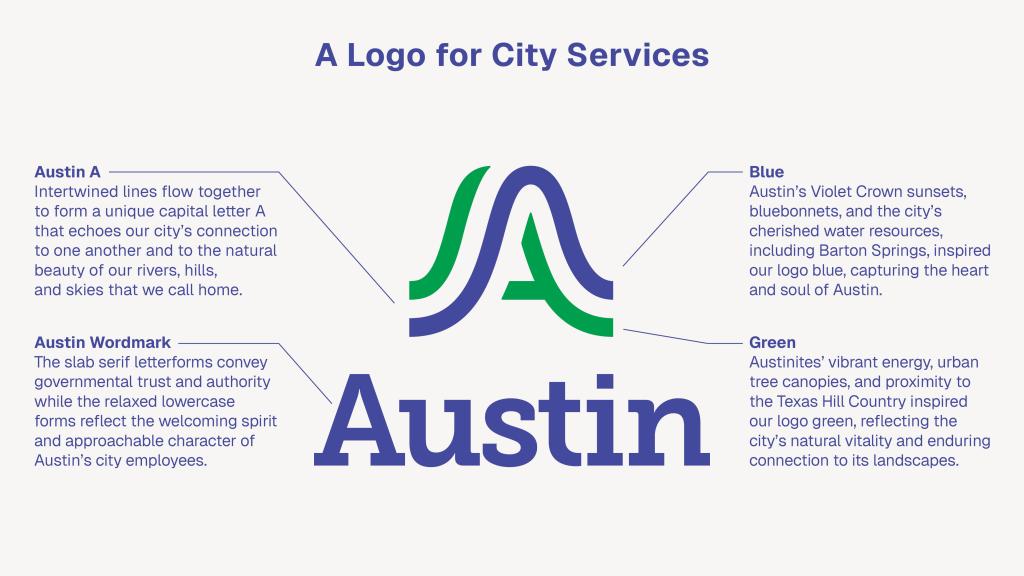The reusable water bottle, a staple for a more environmentally friendly lifestyle, in recent years, has in recent years turned environmental unfriendly. Water bottle trends like buying Hydroflasks and most recently, Stanleys, have taken over the internet and consumers’ wallets. As social media quickly promotes these products , consumers rush to stores to get their hands on the latest bottle despite already owning one, which makes the environmentally friendly goal pointless.
According to CNBC, the company Stanley, the company behind the latest water bottle trend, made an estimated $750 million last year, compared to $70 million before 2020. The trendy Stanley cups aren’t the only reusable water bottles that have had their moment of fame in the internet sun. Hydroflasks, which saw a large increase in sales in the late 2010s, were a brief trend that lasted a little over a year. After this cup started to go out of style, buyers moved onto other cups like Stanleys.
The quick change from bottle to bottle due to internet popularity totally defeats the purpose of water bottles in the first place. The idea behind a reusable water bottle is to decrease the use of disposable plastic water bottles thereby reducing the impact of waste on the environment. But with our culture of moving on from things so quickly and buying the new popular item, it seems we are in fact duplicating the problem by creating more material waste that what the bottles were intended to eliminate.

In the past year, as Stanleys began to grow in popularity, I have known multiple people who have bought more than one Stanley. For me, I don’t understand this impulse since I have had the same water bottle for over a year, and it still works just like it did when I got it. Stanleys also say that their cups “last a lifetime,” which has been proven to be true due to events like a woman’s Stanley cup being caught in a car fire and surviving, barely damaged. This begs the question, if the cup is so durable and should last for such a long time, why are consumers collecting and buying more cups than they need?
For starters, although the company knows the cups’ durability, it promotes its new cups in a way that makes consumers want to buy more of them. Stanley has posted videos talking about the different cups and their specific uses, making consumers think that they need to have more than one for different scenarios. One might be bigger and be better for hydration, the other might keep the water colder, and so on. The company also releases cups like the limited edition Starbucks Stanley that has become discontinued due to its high demand and crowds that were too eager to get the cup. now the cups are selling for over $300 on resale sites.
As the Stanley company continues to build hype around the bottle and market it as a collectible and not a way to combat harmful plastic water bottles, people will continue to buy more than they need. Many influencers have made videos showing off their Stanley cup collection that consists sometimes of 10 or more cups. Even though more people are switching to reusable water bottles due to these trends, which make a positive impact on the environment; instead, overconsumption of the water bottles is actually hurting the environment.
Although I believe that water bottles are a good way to combat plastic waste, in past years they have become too much of a trend to the point that the bottles do not achieve their intended purpose. I think that everyone should have a reusable water bottle but should keep it for a long time and not just get rid of it as soon as the newest trend emerges. The point of water bottles is to reduce waste, but it seems that the growth of these trends leads people to buy them in excess, which creates more waste instead of reducing it.








